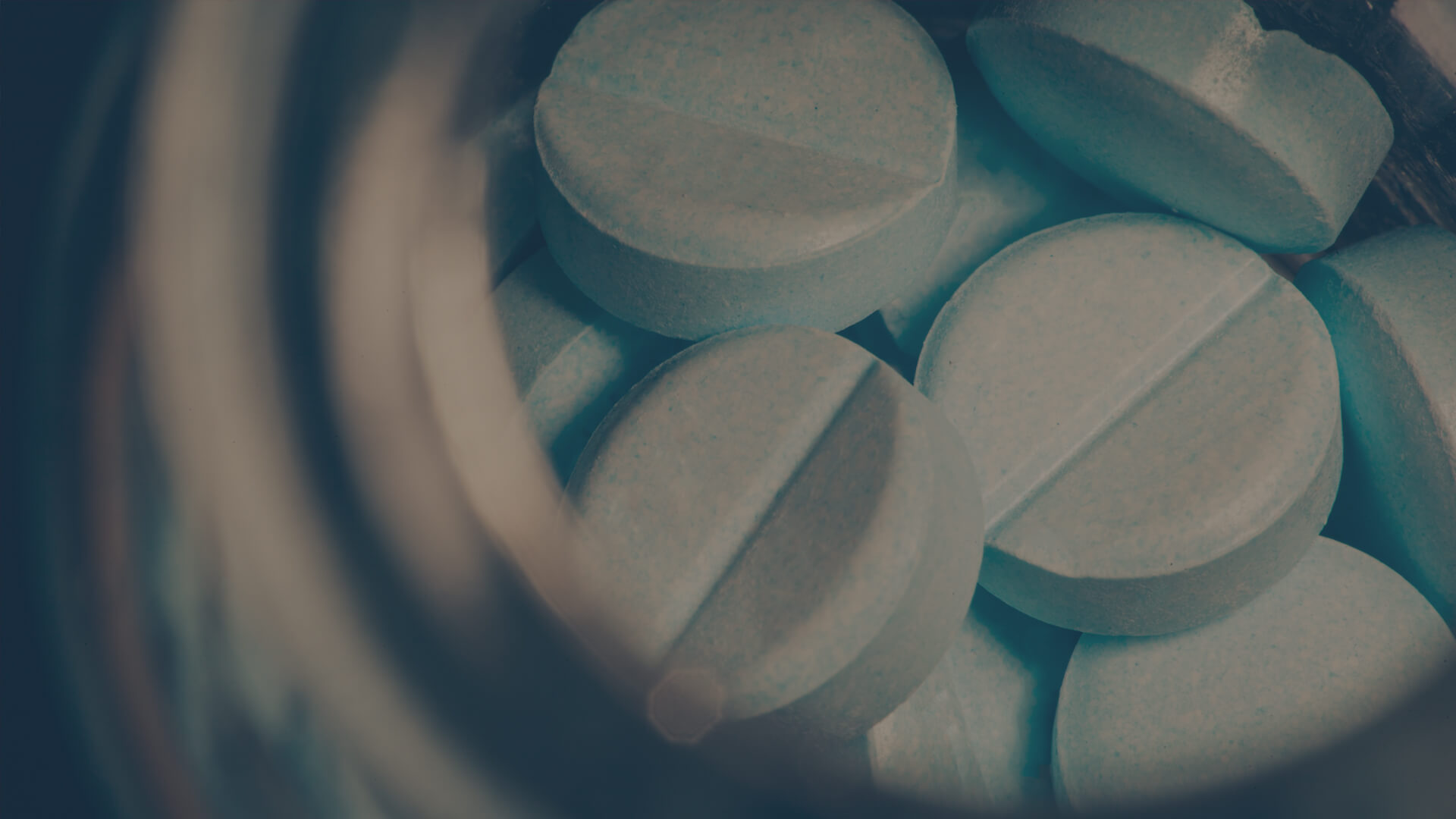Imagine you are a 35 year old man working as a manager on a factory floor. You are happily married, have two children, and make good money. Your biggest concerns are conflicts with your boss and arguments with your wife over raising the children. One day you get into an accident on the floor with a fork lift resulting in a spinal injury and nerve damage. Both are irreversible and result in chronic pain.
The chronic pain is so severe you can no longer work. After about six months of seeing doctors and specialists you realize there are no surgeries or procedures to alleviate your pain. You become depressed and start having frequent panic attacks. You feel shameful about your situation and retreat from your relationships. Your wife leaves you, and you rarely leave the house.
As a therapist I have heard many versions of this story. The link between chronic pain and depression is well documented, with about a third of people who experience chronic pain developing clinical depression (more research is needed in this area to understand this link). Medical experts agree that pain management, through the use of prescription opiate pain relievers, is a necessary part of treatment for many people with chronic pain because it relieves suffering. However, as a result, a major health crisis has developed: widespread addiction to opioids.
Opioids include drugs made and distributed illegally such as heroin, considered the most addictive substance on earth, and prescription opiate medications made in laboratories and prescribed by doctors to treat pain – drugs such as morphine, methadone, oxycodone, hydrocodone, fentanyl, hydromorphone, codeine, and buprenorphine.
An estimated 2.1 million people in the United States now suffer from addiction related to prescription opiate pain relievers, with another 467,000 addicted to heroin. Overdoses are overwhelming hospitals and first responders across the country, and the consequences are devastating: in 2014, approximately 28,000 deaths occurred as a result of opioid overdose — more than nine timesthe number of people killed in the 9/11 attacks.
One factor leading to widespread abuse of opioids stems from the fact that America has an aging population, and many older individuals suffer from chronic pain. This means numerous household across the country essentially have a legal form of heroin sitting in their bathroom medicine cabinet. Most first-time abusers of opiates obtain them from a friend or relative; it’s easier and cheaper than obtaining drugs on the street.
Addiction has a new face and many doctors and medical professionals have not been trained on how to deal with it. Additionally, many community-based organizations are not prepared to adequately address this crisis for the same reason. It is important that communities and workplaces that both directly and indirectly serve these individuals undergo trainings so they:
-
Can detect the signs and symptoms of opioid addiction much like drug and alcohol addiction.
Addiction to opioids starts in different ways, but typically begins with prescribed opiate painkillers. At first the drug makes them feel high, but as time goes on they need the drug in order to feel normal. The user becomes preoccupied with obtaining the drug to maintain the addiction and may start “doctor shopping”. As the addiction progresses the user may switch to heroin because it is cheaper and easier to get, especially if their doctor will no longer prescribe a legal form of opiate.
Opioid addiction will begin to take over their life. Their priority becomes obtaining the drug by any means possible. They will have trouble maintaining employment and relationships, as their sole focus becomes feeding their cravings.
Typically their presentation and mood will change and they may become jittery, unable to sit still, and guarded. They may develop a bad temper, and have mood swings. Physically their appearance and grooming may begin to deteriorate. A person who is actively abusing opiates will have constricted pupils, and will look tired and drowsy.
-
Can help clients to understand the risk.
If you assess your client has developed an opioid addiction, refer them to appropriate treatment immediately. They may refuse or deny they have an addiction, but explain the risks to them. Opioids are extremely easy to overdose on because they are central nervous system depressants, and they significantly slow the user’s breathing and heart rate – possibly slowing them to the point that they simply stop, which is why it can be fatal to mix opioids with another depressant. In addition, tolerance of the drug is greatly reduced after a period of abstinence — meaning a lower dose can be fatal for someone who was able to tolerate it previously. Heroin is extremely easy to overdose on anyway – a dose just 5 times higher than that required to get high can be fatal.
-
Can assess who is prone to opioid addiction and who is not.
It is important for community mental health and drug agencies to understand that sometimes opiates are a very low risk option. If someone is over the age of 30, and has no history of addiction or psychiatric disorders, it is very unlikely they will develop an addiction. Keep in mind they may develop physiologicaldependence on the medication, which means they will experience withdrawal symptoms when they discontinue the drug.
However, if someone has a history of addiction and certain mental health complications, then they are already at risk of addiction. Mood disorders, anxiety disorders and personality disorders all can contribute to addiction. Additionally, if someone is going through a rough time such as recently being laid off or going through a divorce, this would also put them at risk.
-
Shift the paradigm from criminalization and shame to treating a medical condition caused by genetic and psychiatric vulnerabilities.
There is still much conflict over effective treatments for opioid addiction. Some schools of thought believe that access and exposure to the drug create addiction, and thus by limiting access and exposure you will reduce the addiction. Another school of thought is that exposure does not create addiction, because genetic and psychiatric vulnerabilities are required for an addiction to develop. This school of thought focuses on treatments that address the individual’s emotional and psychiatric needs.
No matter which side of the argument you fall under, it has never been proven that shaming addicts and criminalizing addiction is effective in the drug war. Community agencies and those serving this population would help them best by understanding the illness is a disease, and removing blame. Effective treatment requires medication-assisted interventions in addition to counseling/therapy.
The federal government agency SAMHSA (Substance Abuse and Mental Health Services Administration) provides information, resources, and evidence based practices to prevent and treat prescription drug abuse. Resources can be accessed from their website http://www.samhsa.gov/.






